1. Cast Iron Skillets That Last a Lifetime
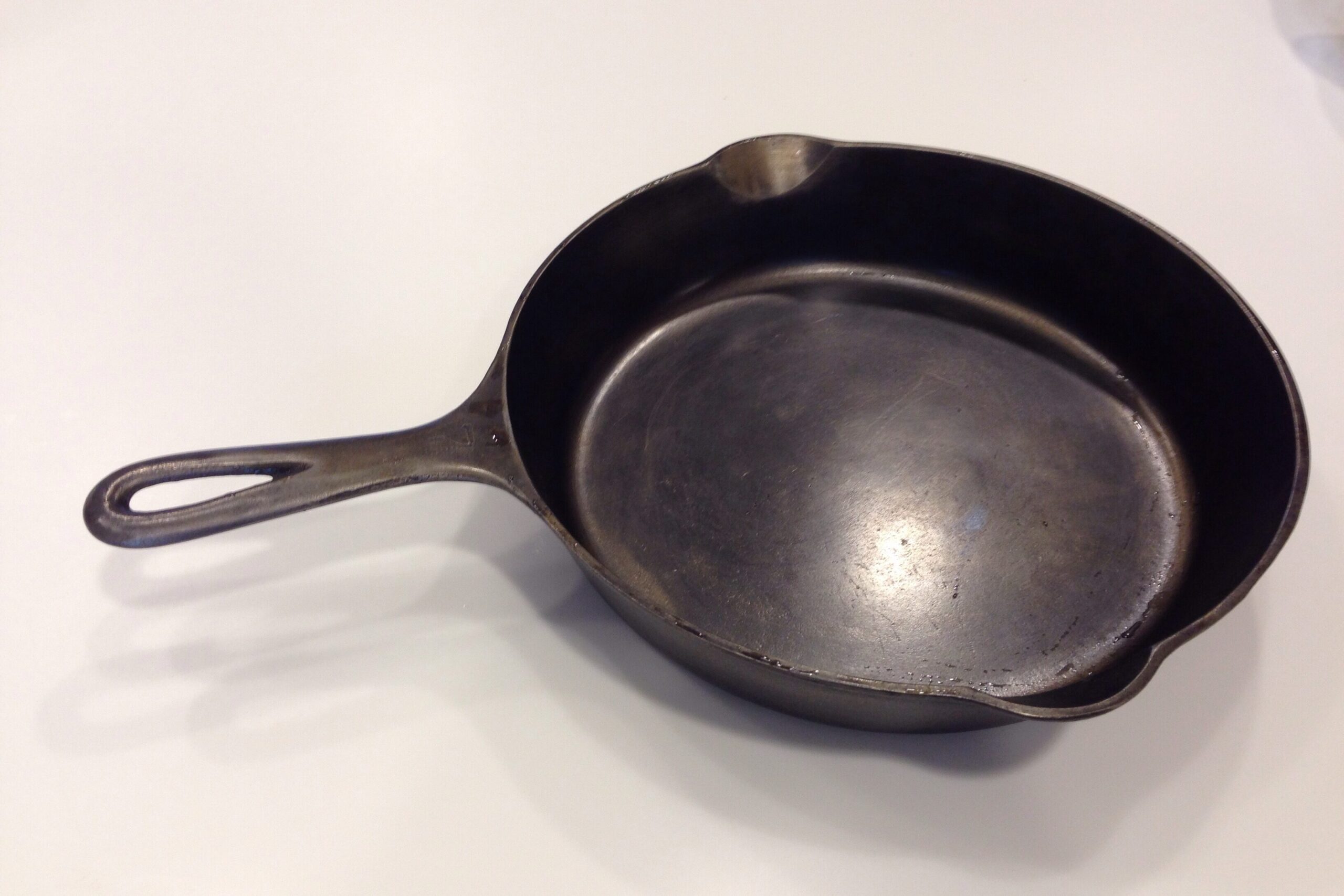
Cast iron skillets were a staple in our grandparents’ kitchens, and for good reason—they were nearly indestructible and only got better with time. Unlike modern nonstick pans that wear out after a few years and end up in landfills, a well-maintained cast iron skillet can last for generations, according to SeriousEats. With proper seasoning, it develops a natural nonstick surface without the use of harmful chemicals like Teflon. This means no need for disposable cookware or constant replacements, making it one of the most sustainable cooking tools ever created.
Not only do cast iron skillets last a lifetime, but they also retain heat exceptionally well, reducing energy consumption while cooking. They can be used on stovetops, in ovens, and even over open flames, eliminating the need for multiple types of cookware. Unlike modern pans with plastic handles or synthetic coatings, cast iron is made entirely of natural materials and can even be restored if it rusts. Investing in one solid skillet rather than constantly replacing cheap nonstick pans is a sustainable choice that our grandparents knew well.
2. Manual Coffee Grinders That Eliminated Electricity Use
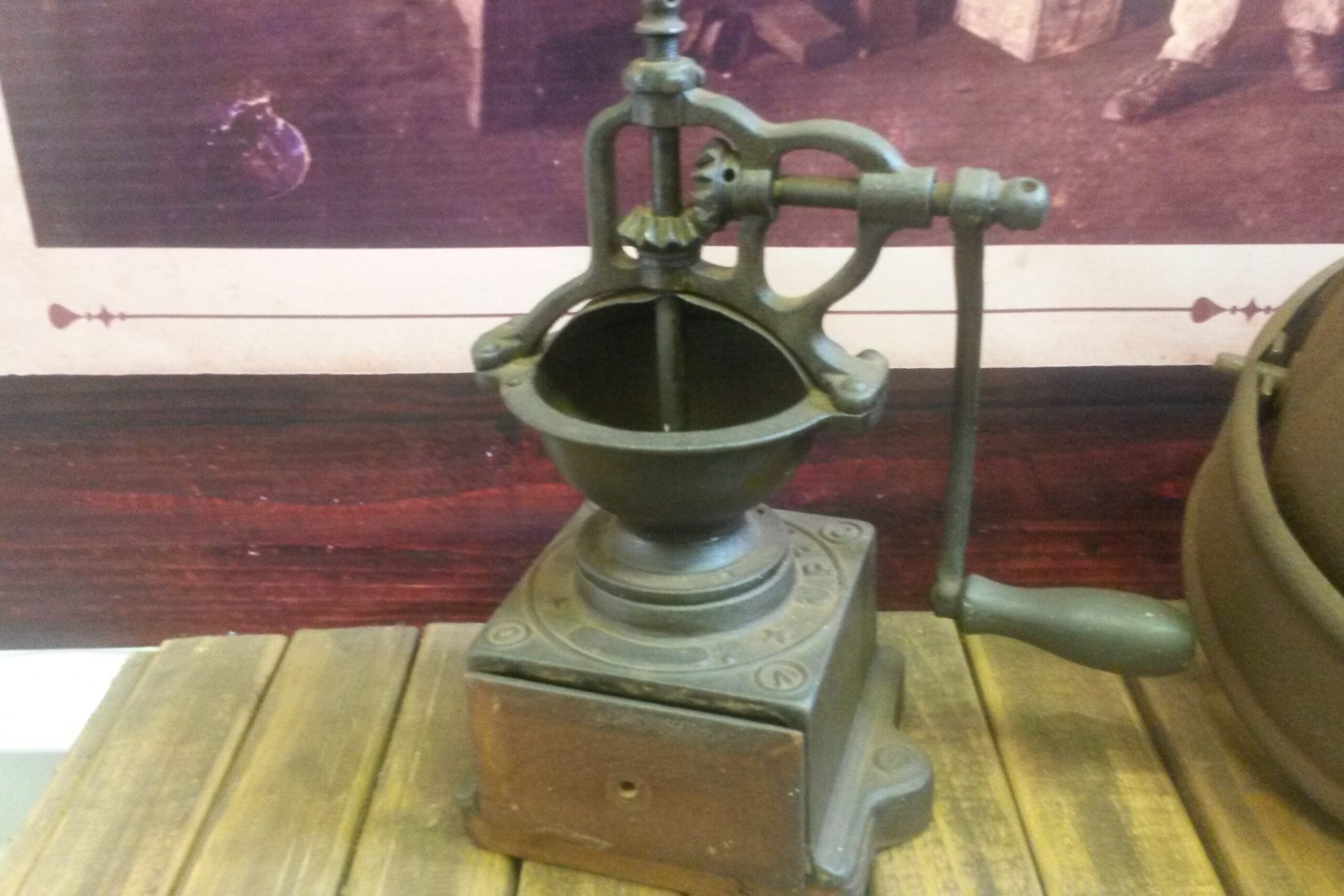
Before electric coffee grinders became common, many households used manual coffee grinders that required nothing more than a little elbow grease. According to Delishably, these grinders were made from durable materials like wood, cast iron, and steel, allowing them to last for decades. They didn’t rely on electricity, making them an energy-efficient way to grind coffee beans fresh every morning. Unlike modern electric models that can burn out, break, or become outdated, a manual grinder could be passed down through generations with minimal maintenance.
Additionally, manual coffee grinders produced a more consistent grind, allowing for better-tasting coffee without the waste of single-use pods or disposable coffee filters. Today, most electric coffee machines come with built-in grinders that eventually wear out, leading to entire appliances being thrown away. The simplicity of a hand-powered grinder saves energy but also reduces electronic waste. By choosing a sturdy manual grinder, people can enjoy fresh coffee while minimizing their environmental impact, just like our grandparents did.
3. Butter Churns That Reduced Packaging Waste

Before butter came prepackaged in plastic tubs or wrapped in layers of foil and paper, people made it at home using a butter churn. These churns, often made of wood or ceramic, allowed families to turn fresh cream into butter without relying on mass-produced, heavily packaged alternatives. According to Tin and Thyme, making butter at home meant fewer trips to the store and no need for disposable packaging that would eventually end up in the trash.
Butter churns also promoted a sustainable lifestyle by ensuring that every part of the dairy was used. Excess buttermilk from the churning process could be used for baking or cooking, reducing food waste. Unlike modern electric mixers that are often cheaply made and prone to breaking, a high-quality butter churn could last for generations. Bringing back this practice today could significantly cut down on plastic waste while ensuring fresher, healthier homemade butter.
4. Hand-Crank Egg Beaters That Didn’t Rely on Electricity

Long before electric hand mixers took over kitchens, people used hand-crank egg beaters to whip eggs, cream, and batter. These simple yet effective tools required no electricity, making them an eco-friendly alternative to modern mixers. Made of metal and wood, they were built to last, unlike today’s plastic mixers that tend to break after a few years. Their sturdy design meant they could be passed down through generations without becoming obsolete.
Using a handcrank beater also meant that baking and cooking could be done anywhere without being tethered to an outlet. This reduced energy consumption and eliminated the need for short-lived electronic gadgets that eventually contribute to e-waste. With proper care, a high-quality hand beater could last a lifetime, making it one of the most sustainable kitchen tools ever invented.
5. Glass Milk Bottles That Eliminated Plastic Waste
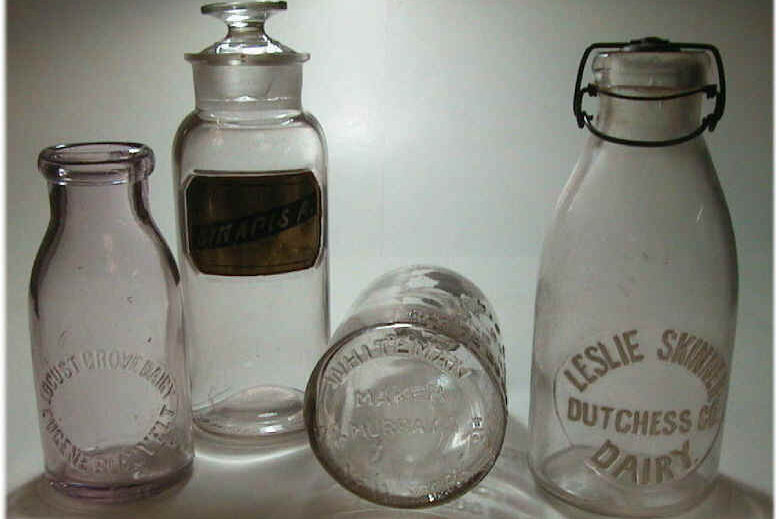
Before single-use plastic milk jugs and cartons filled supermarket shelves, milk was delivered in reusable glass bottles. These bottles were collected, washed, and refilled multiple times, drastically reducing waste, according to The Cary Company. Unlike modern plastic containers that end up in landfills or the ocean, glass milk bottles were part of a sustainable system that ensured minimal environmental impact.
Glass also preserved the freshness of milk better than plastic, as it didn’t leach harmful chemicals into the liquid. Once a bottle became too old or damaged, it could be melted down and recycled into new glass products without losing quality. If this system were still in place today, it could eliminate millions of plastic milk jugs from being discarded every year, proving that older methods were often the more sustainable choice.
6. Mason Jars That Replaced Plastic Containers
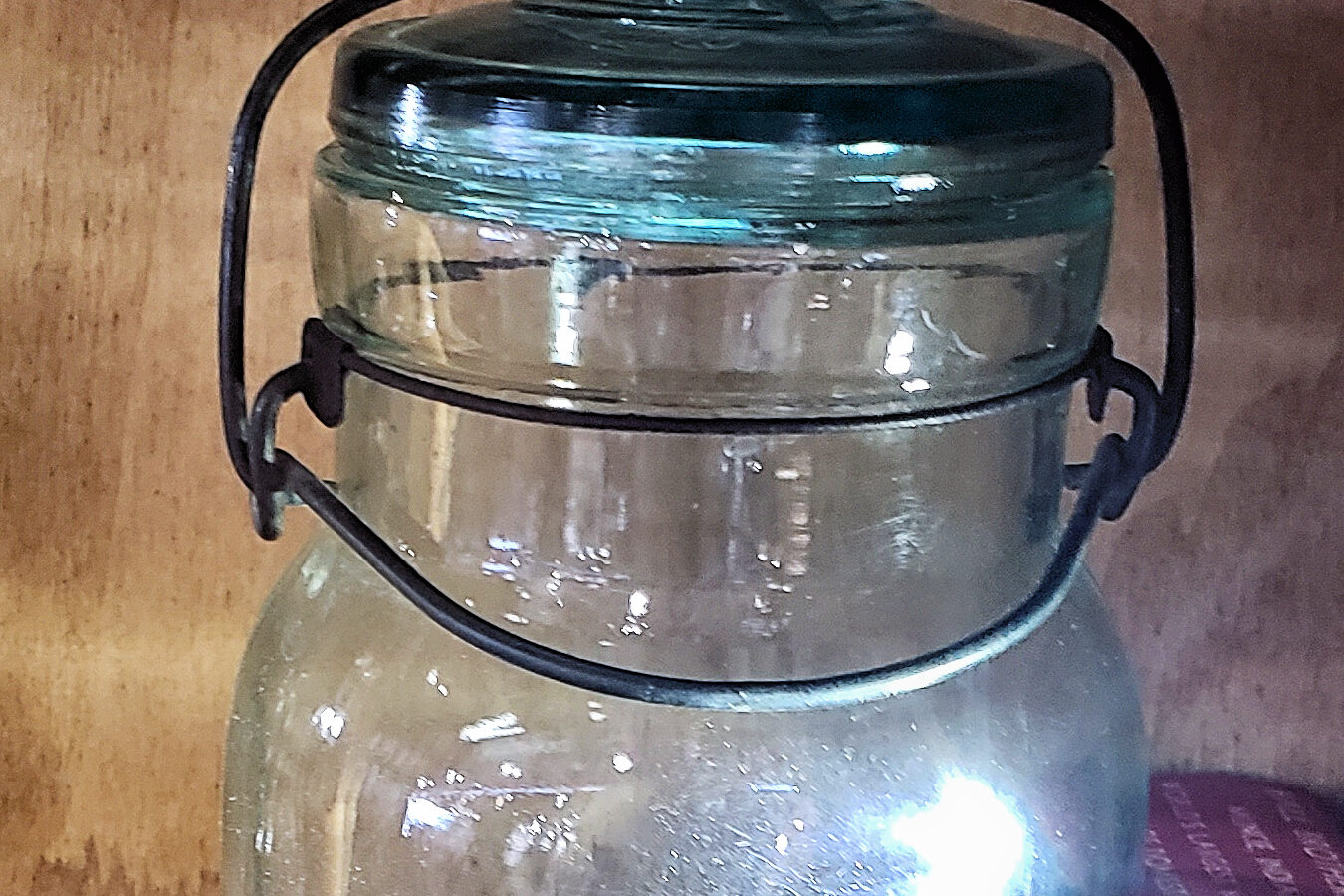
Mason jars were once the go-to storage solution for everything from homemade jams to dry goods. Unlike today’s plastic food containers, which degrade over time and can leach chemicals into food, mason jars are made from durable, non-toxic glass. According to Appropedia, they last for decades and can be endlessly reused for food storage, canning, and even as drinking glasses.
In addition to being reusable, mason jars help reduce reliance on store-bought packaged foods. By preserving food at home, people could avoid the excessive plastic and aluminum waste that comes with processed foods. Whether used for fermenting vegetables, making yogurt, or storing pantry staples, mason jars are an old-fashioned yet highly sustainable alternative to disposable packaging.
7. Meat Grinders That Reduced Store-Bought Packaging

Before prepackaged ground meat was widely available, families used manual meat grinders to grind their own meat at home. These grinders were often made of cast iron or steel, built to last for generations. Unlike modern electric models that require energy and are often made of plastic components that break over time, manual grinders were simple, sturdy, and easy to maintain.
Grinding meat at home not only reduced reliance on store-bought options but also allowed families to avoid excessive plastic and foam packaging. Instead of buying small, wasteful portions of pre-ground meat, they could purchase whole cuts and grind them as needed. This ensured fresher meat, less food waste, and a more sustainable approach to meal preparation.
8. Wooden Spoons That Outlasted Plastic Utensils
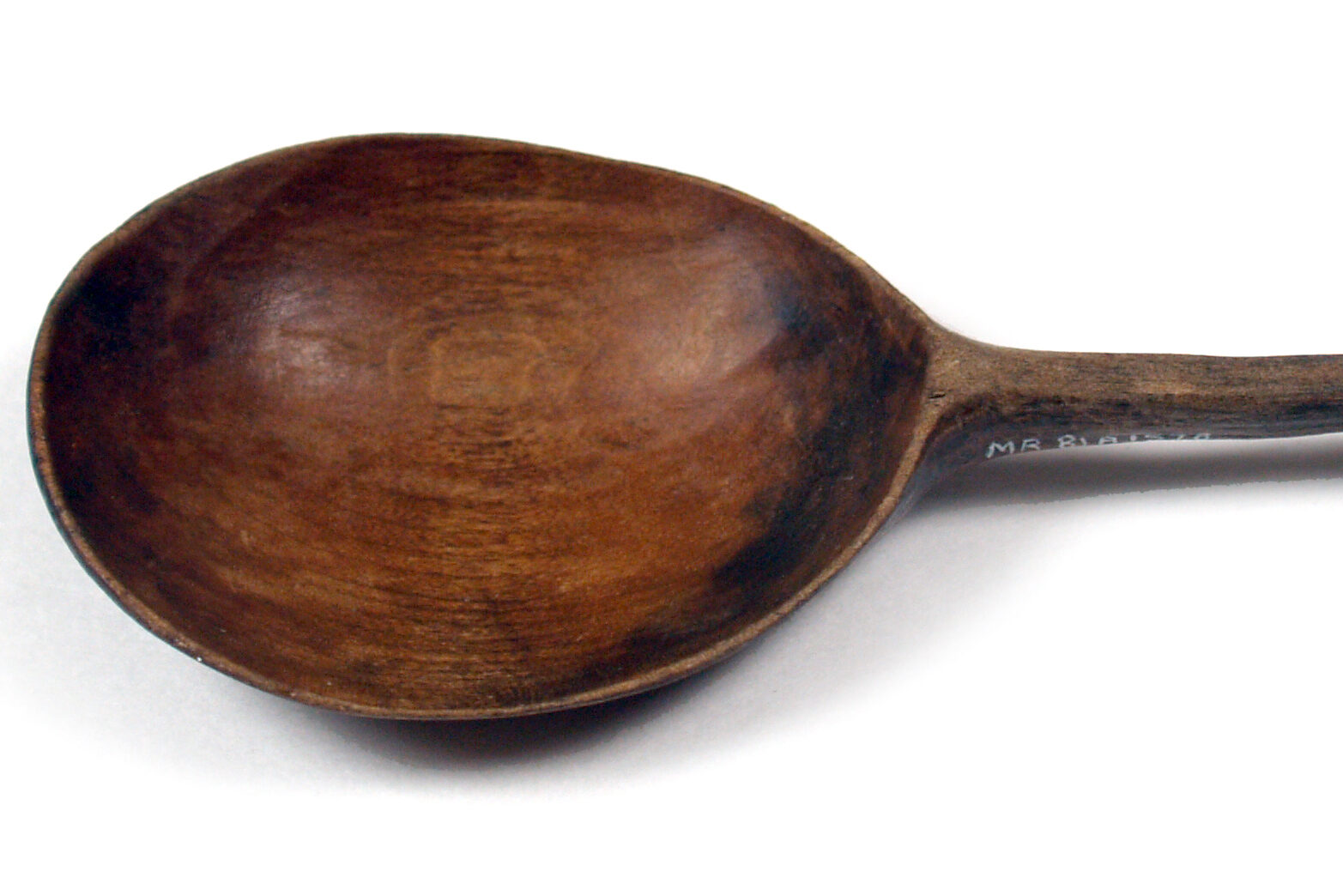
Wooden spoons have been used in kitchens for centuries, and for good reason—they’re durable, biodegradable, and free from harmful chemicals. Unlike plastic utensils that melt, warp, or break, a high-quality wooden spoon can last for decades with proper care. They don’t scratch cookware, making them perfect for use with delicate surfaces like cast iron and ceramic.
Additionally, wooden spoons don’t leach toxins into food the way some plastic utensils do when exposed to heat. When they finally wear out, they can be composted rather than contributing to plastic waste. By using wooden utensils instead of cheap plastic alternatives, we can create a more sustainable and healthier kitchen environment.
9. Washboards That Eliminated the Need for Electric Washers
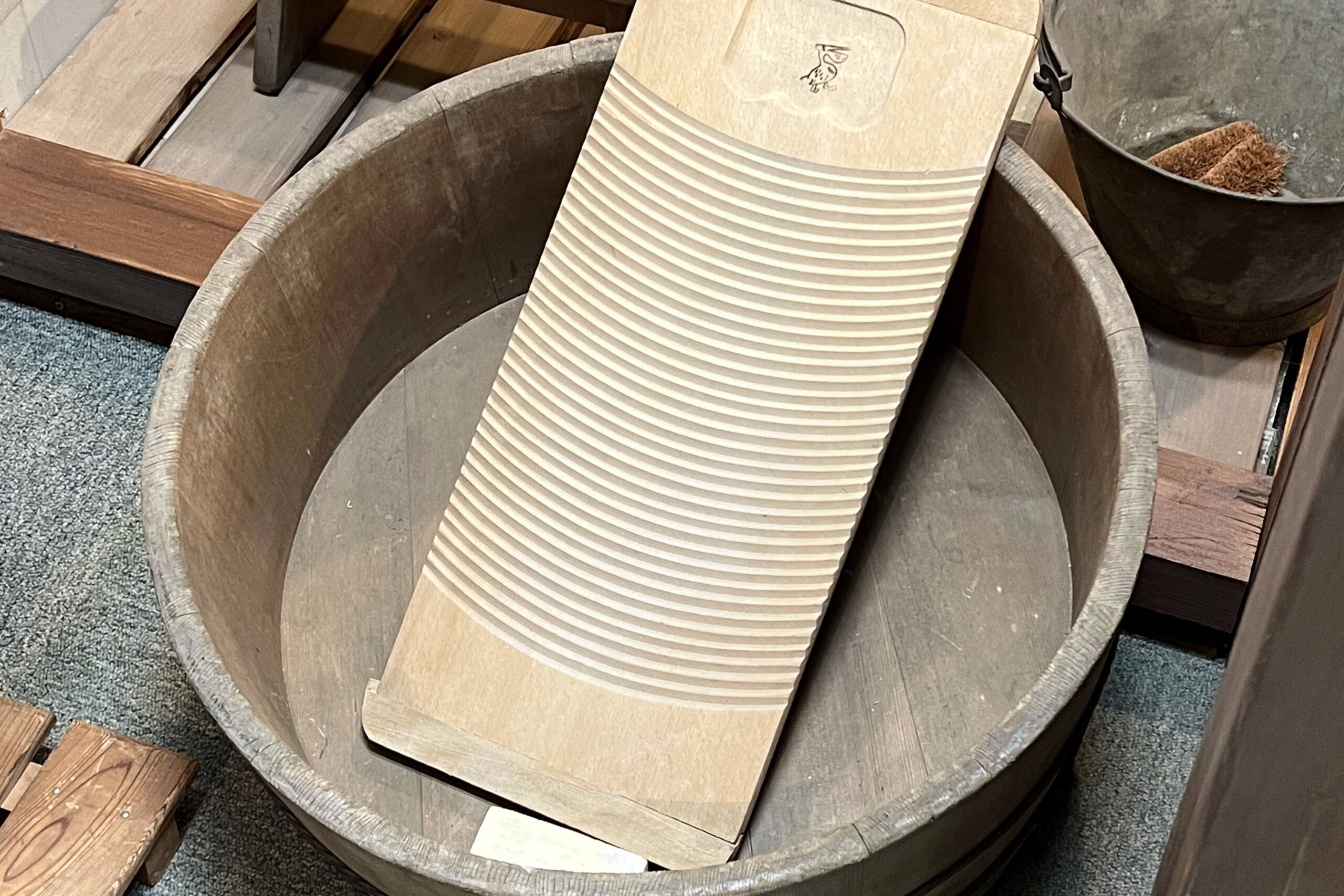
Before electric washing machines became household staples, people relied on washboards to clean their clothes. These simple tools, made from wood and metal, allowed families to scrub garments clean using just water, soap, and physical effort. Unlike modern washing machines, which consume large amounts of electricity and water, washboards required no energy and could be used anywhere, making them an incredibly sustainable alternative.
Washboards also lasted for decades, unlike electric washers that frequently break down or become obsolete due to changing technology. They were lightweight, portable, and didn’t require expensive repairs or replacements. While they may not be practical for daily use today, washboards still serve as a reminder that laundry can be done effectively without excessive energy consumption or reliance on short-lived appliances.
10. Enamelware That Was More Durable Than Plastic

Enamelware—pots, bowls, and plates coated with a layer of porcelain—was a common kitchen essential before plastic dishware took over. These items were highly durable, resistant to rust, and easy to clean, making them a sustainable alternative to modern plastic dishes. Unlike plastic, which degrades over time and can release harmful chemicals, enamelware remained safe and functional for decades.
In addition to being long-lasting, enamelware was completely recyclable. If chipped or damaged, it could often be repaired or repurposed rather than thrown away. Today, many households rely on cheap, disposable plastic dishware that eventually ends up in landfills, but returning to durable enamelware would significantly reduce kitchen waste.
11. Manual Can Openers That Lasted for Generations

Long before battery-powered and electric can openers, people used sturdy, hand-crank can openers that were built to last a lifetime. Made from metal with simple, efficient designs, these openers didn’t require electricity and had no delicate internal parts that could break. Unlike modern electric versions, which often malfunction after a few years, manual can openers remained reliable for decades with minimal maintenance.
Because they were crafted from durable materials, they didn’t contribute to electronic waste or require constant replacement. They were also compact and easy to store, unlike bulky electric models. By sticking with a well-made manual can opener, households could reduce reliance on short-lived gadgets while enjoying a more sustainable kitchen setup.
12. Ceramic Water Filters That Eliminated Plastic Waste
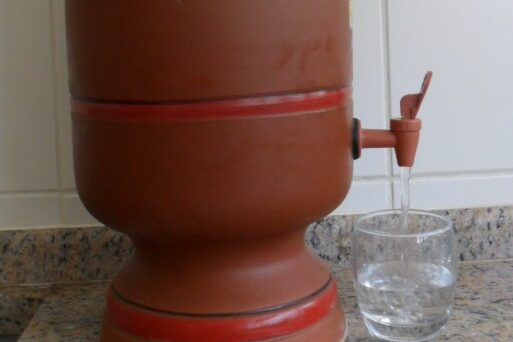
Before bottled water and single-use plastic filters, many homes relied on ceramic water filters to purify drinking water. These filters were made from natural clay and used gravity to remove impurities without the need for electricity. Unlike modern plastic water filter cartridges that need frequent replacing and contribute to waste, ceramic filters lasted for years and could often be cleaned and reused.
Ceramic filters were housed in durable containers, such as clay pots or stainless steel dispensers, eliminating the need for disposable plastic pitchers. Not only did they provide clean, safe drinking water, but they also reduced plastic waste and dependency on commercial water filtration systems. If more households returned to ceramic water filters, it could significantly cut down on single-use plastic pollution.
13. Mortar and Pestle That Replaced Electric Blenders

Long before electric blenders and food processors, people used a simple mortar and pestle to grind spices, crush herbs, and prepare pastes. These sturdy tools, often made from stone, wood, or ceramic, required no electricity and could last for generations. Unlike modern blenders that contain plastic parts and electronic components that eventually fail, a well-made mortar and pestle remained functional indefinitely.
Using a mortar and pestle also allowed for more control over textures and flavors, ensuring freshly ground spices and ingredients with richer aromas. Unlike electric appliances, which often require replacement due to motor failure or broken parts, a mortar and pestle could simply be washed and reused endlessly. Bringing back this traditional tool would reduce electronic waste while promoting a slower, more mindful approach to cooking.


